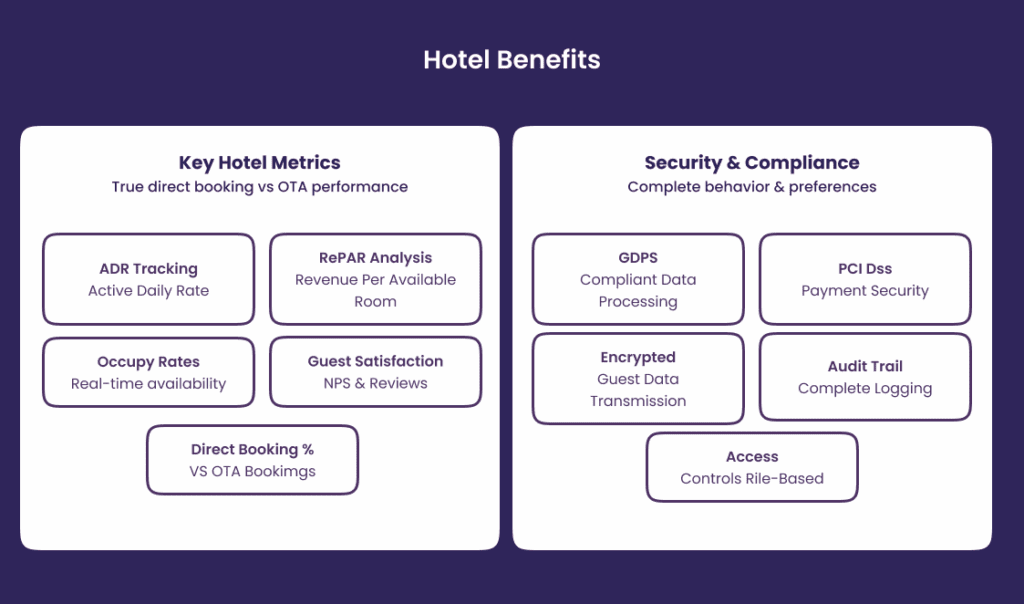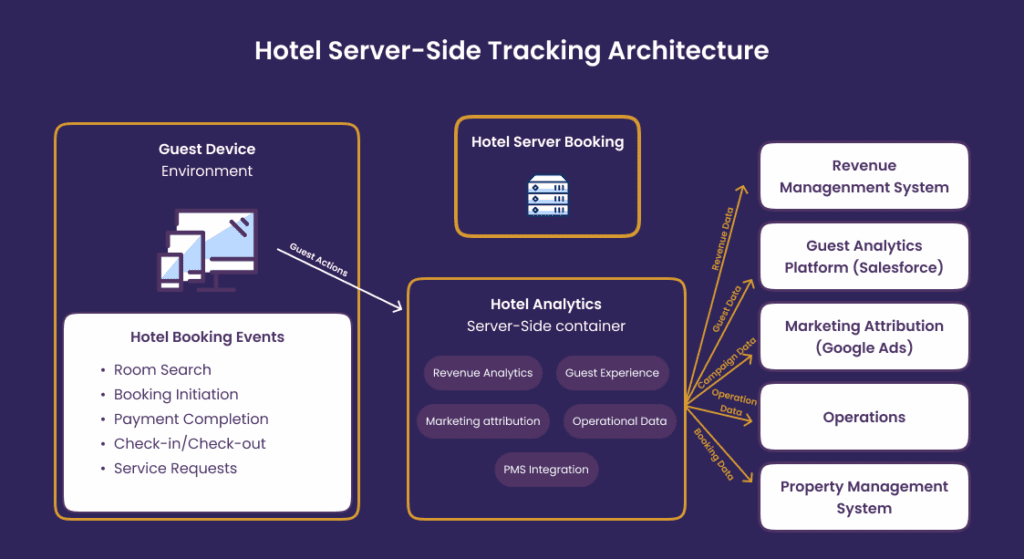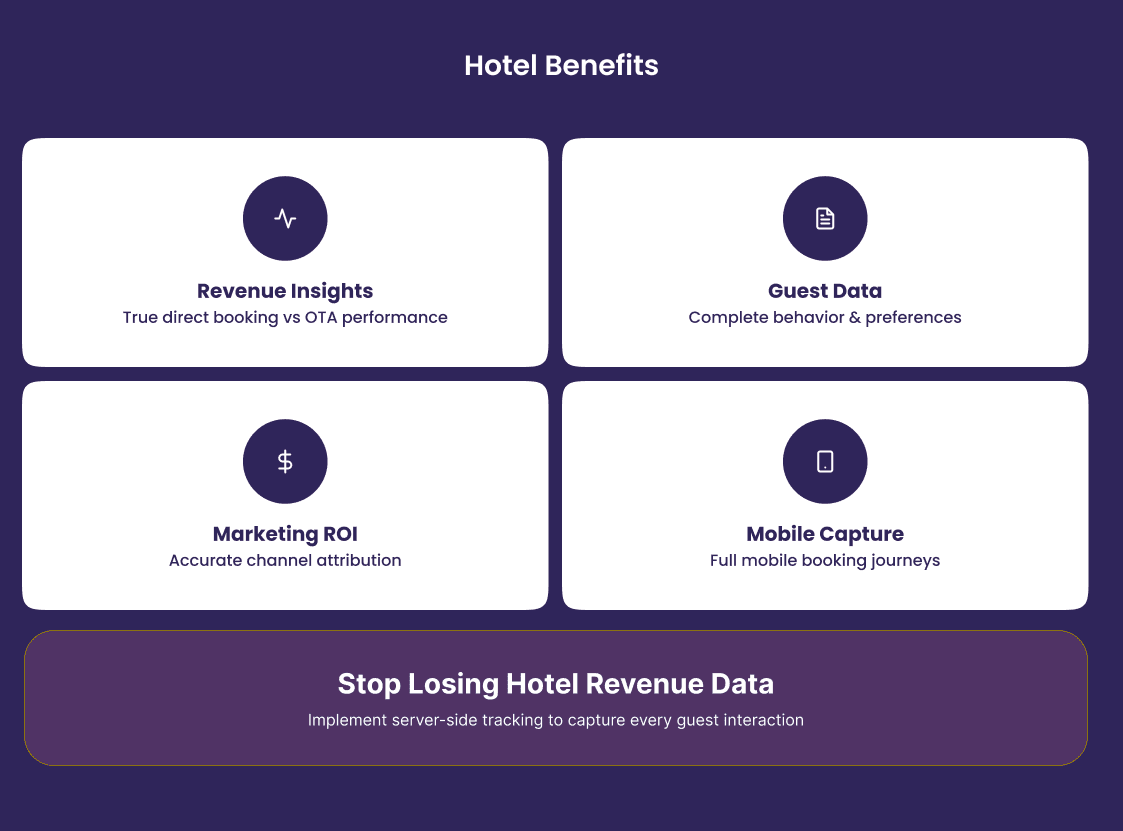The Hidden Threat to Your Hotel’s Digital Strategy
Hotel executives, your booking data might be more incomplete than you realize. With over 42% of internet users worldwide using ad blockers, your Google Analytics 4 (GA4) is likely missing crucial guest behavior data—potentially up to 25% of your website traffic.
When travelers research your hotel using ad blockers, their sessions, room searches, and booking attempts become invisible to your analytics. This means your conversion rates appear lower than reality, your most popular room types might be misidentified, and your marketing spend allocation could be based on incomplete data.
Why This Matters for Hotels
Consider this scenario: A luxury resort in Miami notices their analytics show low engagement with their spa packages, leading them to reduce spa marketing spend. However, ad blockers were preventing them from seeing that 30% of their high-value guests were actually browsing spa services extensively before booking.
Mobile ad blockers are particularly problematic since most hotel bookings now happen on mobile devices. When guests can’t be tracked properly, you lose insights into their journey from initial property search to final reservation.

Server-Side Tracking: Your Solution
The most effective solution is implementing server-side tracking through Google Tag Manager. Instead of relying on browser-based tracking that ad blockers can detect, server-side tracking processes data through your hotel’s servers.

Real Hotel Benefits:
- Accurate Revenue Attribution: A boutique hotel chain discovered their direct bookings were 40% higher than reported after implementing server-side tracking
- Better Guest Journey Mapping: Hotels can now see the complete path from room browsing to booking confirmation
- Improved Marketing ROI: More accurate data leads to better budget allocation across channels like Google Ads and metasearch engines

Implementation for Hotels
Partner with your digital marketing team or agency to set up a server-side GTM container. This typically involves:
- Installing a server-side tracking infrastructure
- Configuring your booking engine integration
- Setting up first-party data collection for guest preferences
The investment pays off through more accurate occupancy forecasting, better understanding of seasonal booking patterns, and improved personalization for returning guests.
Take Action: Don’t let ad blockers blind your hotel’s digital strategy. Server-side tracking ensures you capture every guest interaction, leading to better revenue management and marketing decisions.
Protect Your Hotel’s Analytics Data
Stop losing 25% of your booking insights to ad blockers.